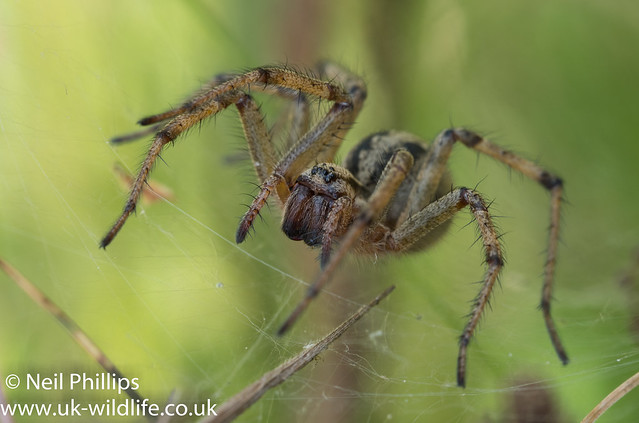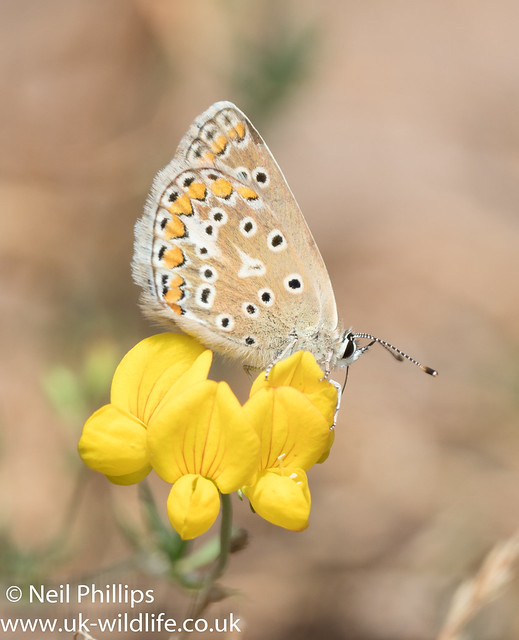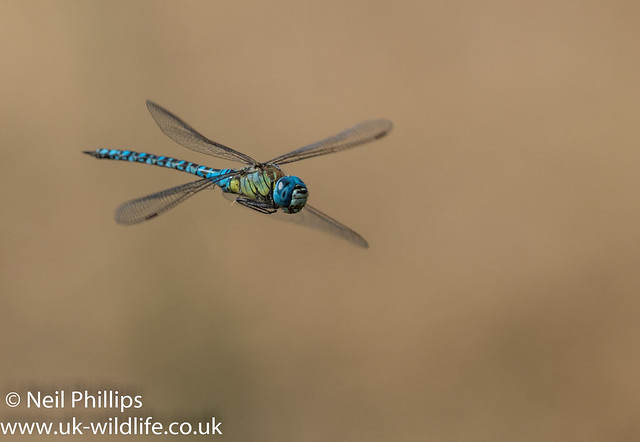Living in South Essex I often look with green eyes at those in places like the highlands with pine martens and crested tit in the wilderness on their doorstep or in Norfolk with swallowtail butterflies and large areas of fen to explore, but looking objectively there are some good things to be found in Essex, particularly if you are looking at invertebrates.
A couple of weeks ago I had a mini tour around some South Essex sites. I started at Wat Tyler CP, an SSSI and country park. It was only just gone 8, but already getting rather hot. This squirrel scampered across the very dry looking cottage meadow.

In a s=more shaded area, this robin ticked at me from the path.

There were a few butterflies on the wing too, but the lack of water and heat seemed to be having a negative impact on the amount of wildlife to be seen.
After a morning of work I headed down the A13 to Canvey Wick. This brownfield site was the first nature reserve of its kind, its diverse invertebrate fauna thankfully (mostly) saved from development. I was here to meet the natural history author Stephen Moss and have a look for some rare inverts.
Not particularly rare in Essex but uncommon or absent from some areas of the UK, this ruddy darter dragonfly was a nice start as it was not species Stephen had seen often.

A second individual posed backlit on this branch.

A bit further along the path this migrant hawker hung in shade of a bush, the heat seemingly too much even for these sun loving insects.

We looked around a sand mound for some beewolfs, but instead found this clouded yellow butterfly.

One of the target species was a brown banded carder bee. I am no bee expert but a recent excellent course had taught be some ID skills and this bee appears to have some black hairs on the thorax, indicating it is indeed the rarer brown banded carder bee (and not the common carder bee).

It was feeding on a garden escapee plant, a sweet pea, one of the few flowers that were still alive after the long dry spell.
There were loads of labyrinth spider with their large horizontal webs (some over 50cm across!) with a tube at the end where the spider sits and waits for its prey. One ventured out when a grasshopper landed in her web.

She was briefly distracted by what looks like some type of damselbug.

We saw some beewolfs and other solitary wasps on a sand bank too but it was much too warm and they were far too active to photograph.
Stephen spotted this brown argus which posed on a flower.

We popped into another site on Canvey before we left the island to look for some southern emerald damselflies, but the strong winds made this impossible. I did manage 1 good shot of a southern migrant hawker in the few minutes spent near their ditch.

Our last stop was a site near East Tilbury. There had obviously been a recent emergence of comma butterflies and some posed nicely.

We were looking for willow emerald damselflies with no luck. We did find a wall brown butterfly and lots of gatekeepers on the bramble.

Then as we were leaving I spotted a damselfly right next the path where I was walking. A willow emerald!

A first for Stephen and my first of the year.
To finish of a nice day, this brown argus posed on a grass stem.

So South Essex is pretty good after all.











I think the Brown Argus was a female Common Blue. No colon mark on leading edge of hind wing.
Lovely pictures.
Thanks good point, you can see why Im dragonfly, not butterfly recorder!
These are beautiful photos Neil! Some great spots for South Essex. I espcially enjoyed the one of the brown argus on a flower. Stunning.
I asked my followers to send in photos of insects that they’ve taken of insects in their gardens this summer. Obviously they’re not all pros like you, but it has been exciting to see everyone get so involved in a bit of wildlife photography. If you have a minute, you can take a look here: https://mrplantgeek.com/2018/08/20/7-summer-insects-2018/
Hope you enjoy!
Thanks so much,
Michael (Mr Plant Geek)
Hi Neil, cracking blog you have matey.
So many people believe that Essex is a dirty, busy, built up county full of chavs and spray tanned muppets but there is so much wildlife hiding away from the hustle and bustle that no-one knows or gets to see. I live in Rochford and within a 2 min car journey i have some of the most beautiful areas you can image which teem with various fur, fin, feather and fauna, but only a few people explore these areas. I,m quite happy with that to be honest, selfish i know but i love the quite. Thats just local to me but theres a wealth of known wildlife areas/havens all over the county, and theres ten fold of unknown woodland, rivers, foreshore and farmland that are just out there to be explored.
Its nice to see someone writing something good, positive even about our home county. I look forward to seeing more from you.
Keep up the good work.